The Golden Knee Tarantula, Grammostola pulchra, is a captivating species, known for its docile nature and striking appearance. Creating the perfect Golden Knee Tarantula habitat is crucial for ensuring your pet’s well-being and longevity. Understanding the specific needs of this species is key to providing a thriving environment. This guide unveils the top 5 secrets to building a habitat where your Golden Knee Tarantula can flourish.
Choosing the Right Enclosure Size
The size of the enclosure is paramount for your Golden Knee Tarantula’s comfort and safety. A habitat that is too small can restrict movement and lead to stress, while a habitat that is excessively large may make it difficult for the tarantula to find food or feel secure. The ideal enclosure size is determined by the tarantula’s size, with juveniles requiring smaller setups that can be upgraded as they grow.
Why Enclosure Size Matters
A properly sized enclosure allows the tarantula to move freely, explore its surroundings, and engage in natural behaviors. It also helps in maintaining stable temperature and humidity levels. Overcrowding can stress the tarantula, making it less likely to eat and more vulnerable to diseases. The right size provides a secure environment where your tarantula can thrive.
Enclosure Material Considerations
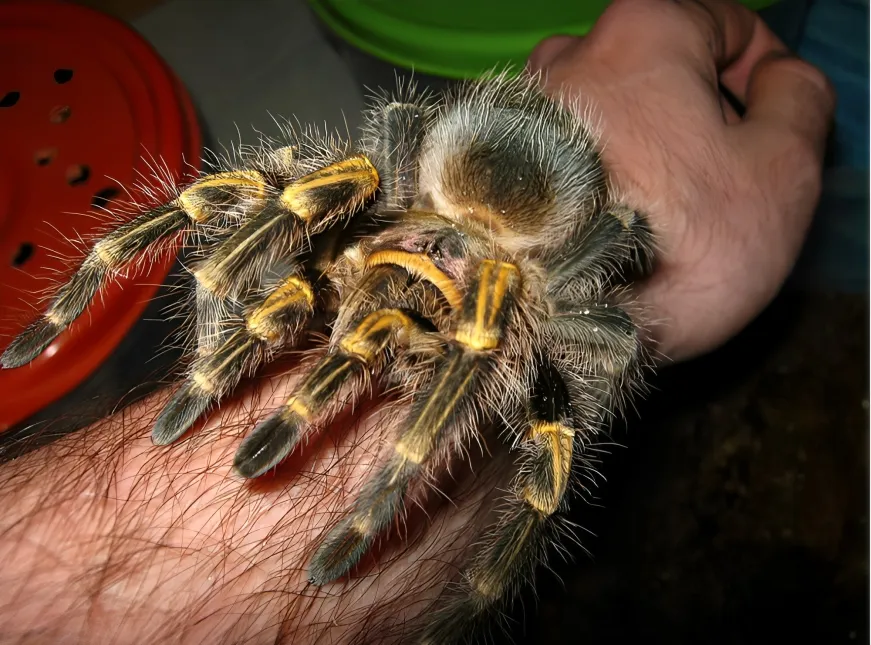
Glass or clear acrylic enclosures are ideal for easy viewing of your Golden Knee Tarantula. Ensure the enclosure has a secure lid to prevent escapes, as these tarantulas are skilled climbers. Ventilation is also critical; small ventilation holes or mesh on the sides or top of the enclosure are essential for air circulation, which helps in preventing the buildup of mold and maintaining optimal humidity.
Substrate Selection for Golden Knee Tarantulas
The substrate, the material that lines the bottom of the enclosure, is another key element of a Golden Knee Tarantula’s habitat. The right substrate helps regulate humidity, provides a suitable medium for burrowing (if your tarantula chooses to), and creates a natural environment. Selecting the proper substrate is essential for your tarantula’s health and well-being.
Ideal Substrate Types
A mix of substrate materials is recommended to achieve the best results. A blend of coco fiber, peat moss, and a small amount of vermiculite is an excellent choice. Coco fiber is great for retaining humidity, while peat moss provides a more natural look and feel. Vermiculite can also help with humidity control and offers some drainage properties. Avoid using substrates that contain chemicals or are treated with pesticides.
Substrate Depth and Humidity
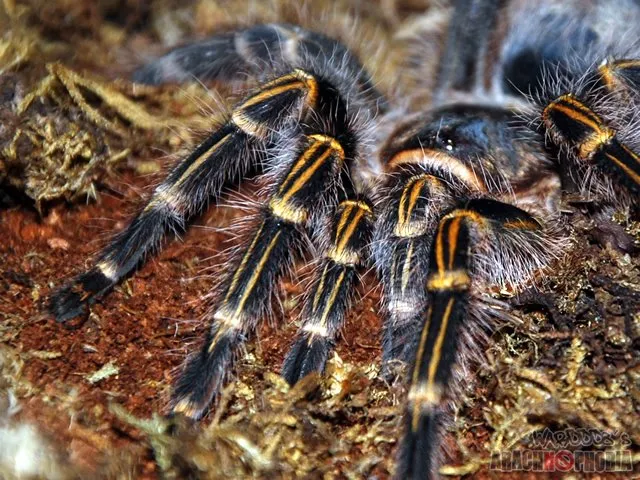
The depth of the substrate should be at least 4-6 inches to allow for burrowing. The humidity levels for Golden Knee Tarantulas should be maintained between 65-75%. This can be achieved by misting the enclosure lightly once or twice a week, depending on your environment. Monitoring humidity with a hygrometer is essential. Ensure the substrate is moist, but not waterlogged, to prevent mold growth.
Essential Decor and Hiding Places
Golden Knee Tarantulas are naturally shy and benefit from having a safe place to retreat and hide. Providing suitable decor and hiding spots is crucial for their well-being. These elements not only make the enclosure more visually appealing but also offer the tarantula a sense of security and comfort. A well-decorated habitat will reduce stress and allow your tarantula to exhibit more natural behaviors.
Importance of Hiding Spots
A hide, such as a piece of cork bark, a half log, or a commercially available tarantula hide, should always be available. The hide provides a secure place for the tarantula to retreat, especially during molting or when feeling threatened. Without a hide, the tarantula may become stressed and less active.
Appropriate Decor Choices
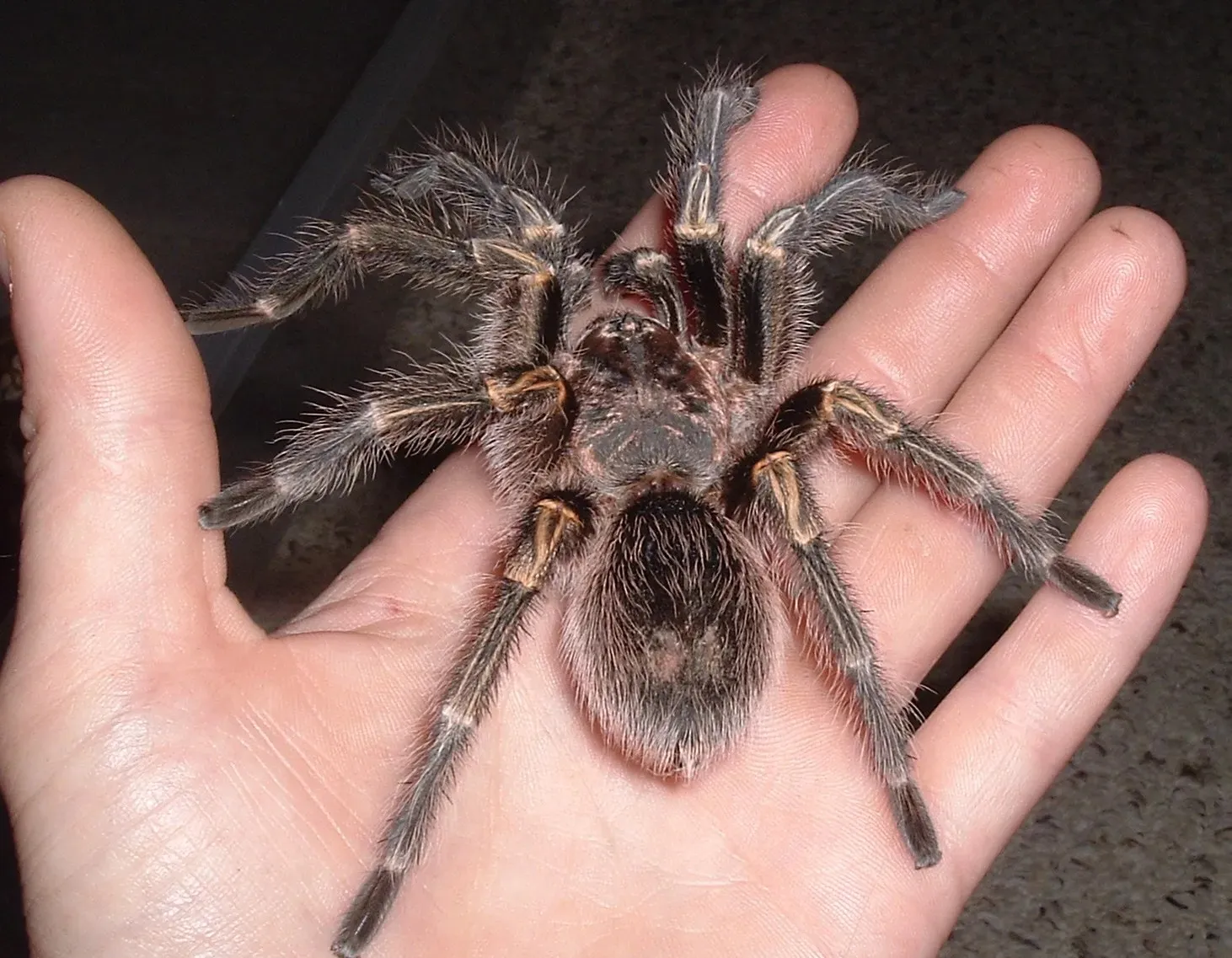
In addition to a hide, you can include other decorative elements, such as artificial plants, branches, and rocks. Be sure any decor is securely placed so it cannot fall and injure the tarantula. Avoid using items with sharp edges or small parts that the tarantula could get trapped in. Ensure all decorations are clean and free of any potential contaminants.
Maintaining Optimal Temperature and Humidity
Golden Knee Tarantulas thrive in specific environmental conditions. Maintaining the correct temperature and humidity levels is essential for their health, growth, and molting process. Regular monitoring and adjustments are crucial for creating a comfortable and healthy habitat.
Ideal Temperature Range
The ideal temperature range for a Golden Knee Tarantula is between 75-85°F (24-29°C). This can usually be achieved in a standard room, but it’s crucial to monitor the temperature using a thermometer. Avoid placing the enclosure in direct sunlight or near heat sources, which can cause the temperature to fluctuate excessively. If your home is too cold, you can use a heat mat placed on the side of the enclosure to provide gentle warmth, but be very careful to avoid overheating.
Humidity Control Techniques
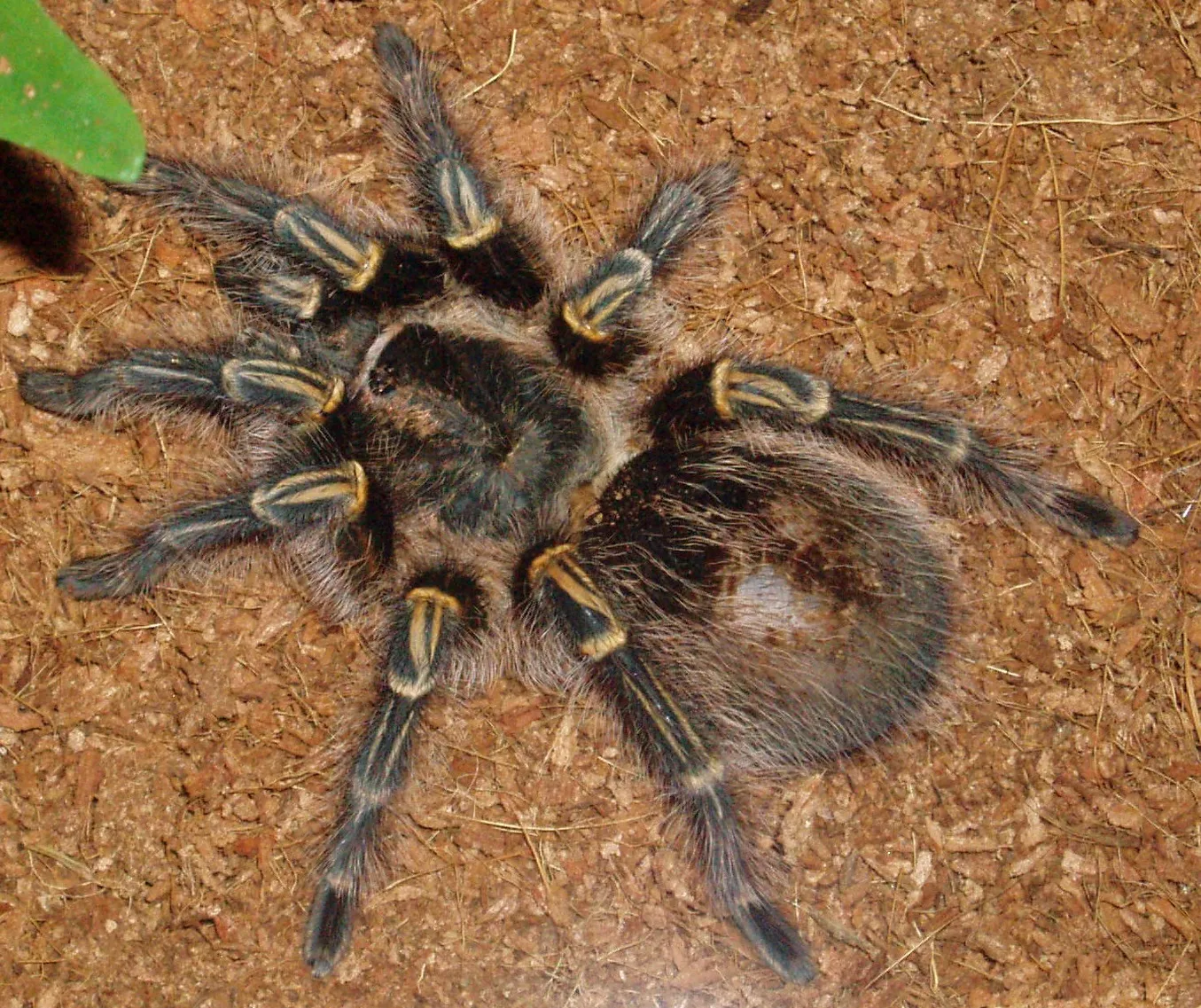
Humidity is another critical factor. Aim for a humidity level of 65-75%. This can be achieved by misting the substrate and the sides of the enclosure lightly with dechlorinated water. Avoid oversaturating the substrate, which can lead to mold and fungal growth. Proper ventilation is important to prevent condensation and ensure good air circulation. Use a hygrometer to monitor humidity levels accurately.
Feeding and Watering Your Tarantula
Providing proper nutrition and hydration is fundamental to the health and longevity of your Golden Knee Tarantula. Understanding their dietary needs and providing fresh water is essential for their well-being. Proper feeding and watering will help them grow, molt successfully, and thrive in captivity.
Feeding Frequency and Prey Selection
Juvenile tarantulas should be fed 2-3 times a week, while adults can be fed once a week or every other week. The size of the prey should be appropriate for the tarantula’s size. Good food choices include crickets, roaches, and mealworms. Ensure that any prey you introduce is smaller than the tarantula’s body size. Remove uneaten prey within 24 hours to prevent stress and potential harm to your tarantula. Overfeeding can lead to issues with molting.
Watering Methods and Frequency
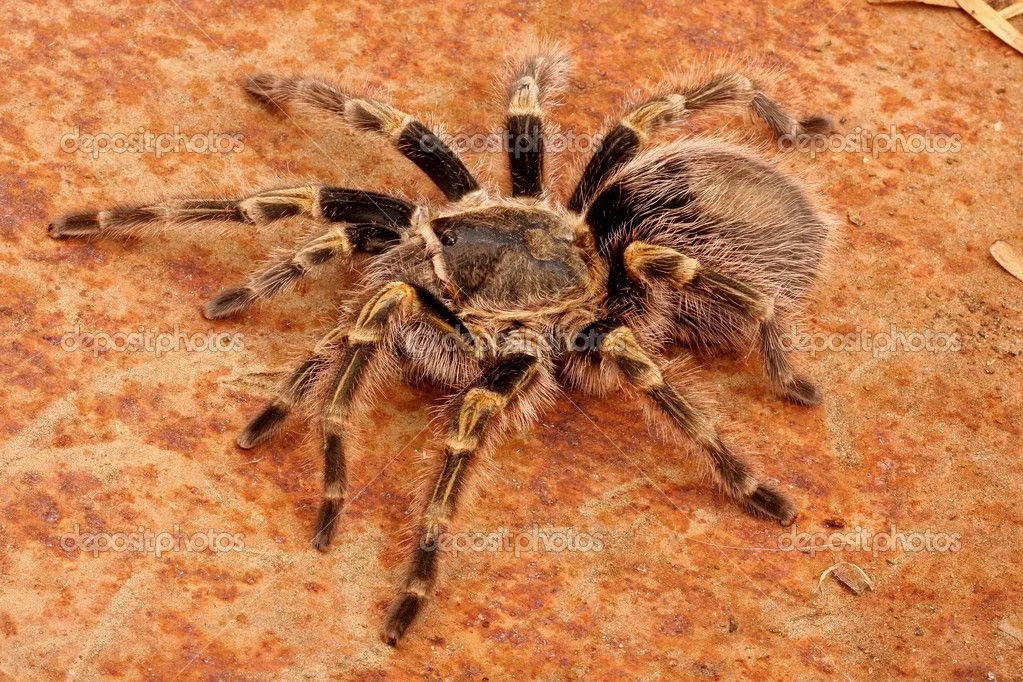
Always provide a shallow water dish with fresh, clean water. Make sure the dish is small enough to prevent the tarantula from falling in and drowning. The water should be changed regularly to prevent bacterial growth. For juveniles, you can mist the enclosure lightly once or twice a week to provide additional moisture. Be sure to use dechlorinated water to avoid introducing harmful chemicals.
Creating a Safe and Stress-Free Environment
A safe and stress-free environment is essential for the well-being of your Golden Knee Tarantula. These tarantulas are relatively docile, but they can still be stressed by excessive handling or environmental changes. Creating a habitat where they feel secure and undisturbed will help them live a long and healthy life.
Minimizing Disturbances and Handling
Golden Knee Tarantulas are best observed rather than handled. Excessive handling can stress them and potentially lead to defensive behavior or injury. If you must handle your tarantula, do so gently and cautiously, and only when absolutely necessary. Avoid loud noises, sudden movements, and vibrations near the enclosure. Keep the enclosure in a quiet location away from heavy foot traffic.
Signs of a Healthy Habitat
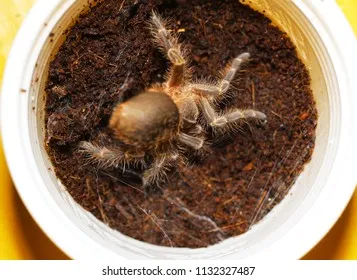
A healthy habitat is indicated by several signs. Your tarantula should be active and exploring its enclosure. It should have a healthy appetite and readily consume food. The substrate should be moist but not waterlogged, and the enclosure should be free of mold or other signs of contamination. The tarantula should be molting regularly and displaying vibrant colors. A well-maintained habitat ensures a happy and healthy tarantula.
By implementing these top 5 secrets, you can create an exceptional habitat for your Golden Knee Tarantula. Remember that observation, consistent maintenance, and a focus on the tarantula’s well-being are the keys to success. Enjoy the rewarding experience of caring for these fascinating creatures!
